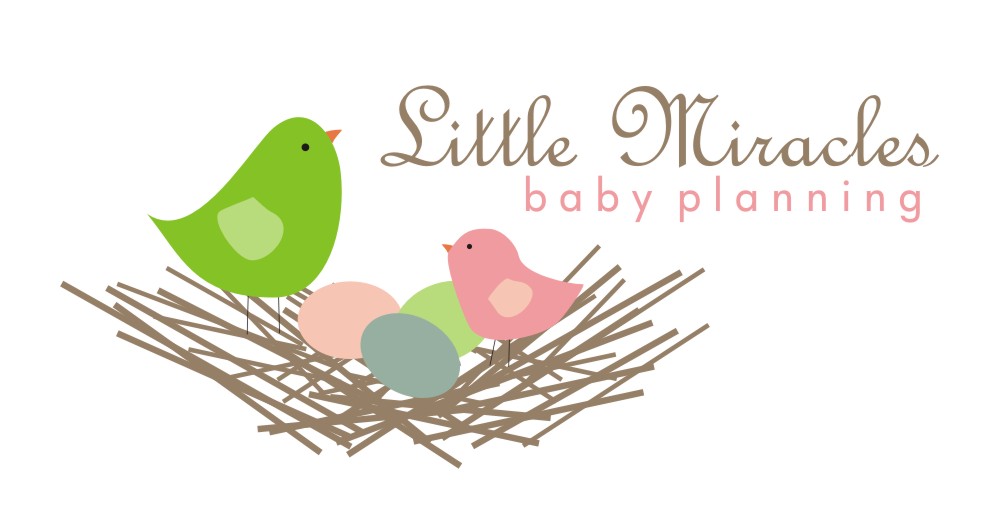
What if there were a simple, free, natural way to give your baby a bit better start on the first day of life:
- Improving blood counts now
- Reducing the chance of iron deficiency later
- Improving oxygen levels in the brain
- Reducing serious bacterial infections
- Stabilizing blood sugar levels
- Improving organ growth
The idea of rushing to clamp and cut the cord within 20 seconds is a recent idea, so that professionals can take charge of and examine the baby right away. It’s not clear this practice is beneficial for healthy, stable babies.
At the moment of birth, perhaps 2/3 of a term baby’s blood is in the baby; 1/3 remains in the cord and placenta. For premature babies, it might be only half.
Waiting the extra seconds for what I prefer to call “normal” cord clamping rather than “rushed” cord clamping, gives the baby an extra supply of iron – a supply that can last for 6 full months – perhaps enough to prevent iron deficiency throughout the entire first year. I believe babies were originally designed to get iron from their mothers, not from fortified processed foods like white rice cereal.
A Natural Stem Cell Transplant
The extra blood the baby gets by what I call “normal” clamping isn’t just any blood – it’s once-in-a-lifetime, rich, umbilical cord blood, which is packed with an assortment of powerful stem cells. These stem cells are still migrating from the placenta into the baby at the birth moment.
Those who favor cord blood banking rush to clamp and cut the cord earlier, to prevent the valuable stem cells from going into the baby, so that instead they can whisk these stem cells away to be preserved in cold storage. This is better than just throwing the stem cells away.
I prefer going with the age-old natural process of letting these potent stem cells plant themselves in the baby as a last gift at birth, to grow within and carry out the purposes for which they were designed. Cutting edge science is just beginning to appreciate and understand the true value of this gift.
Alan Greene, MD, FAAP

.png)




No comments:
Post a Comment